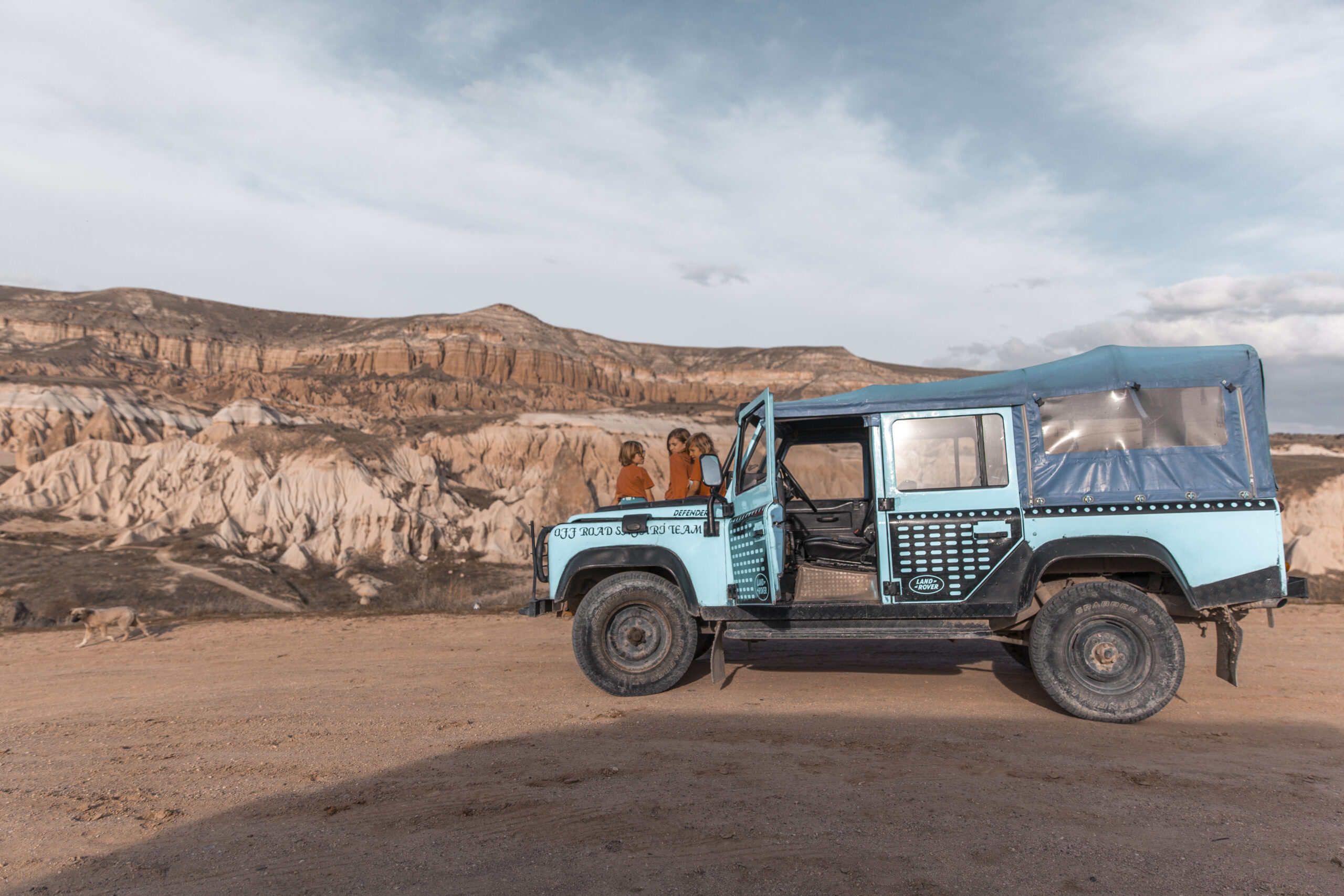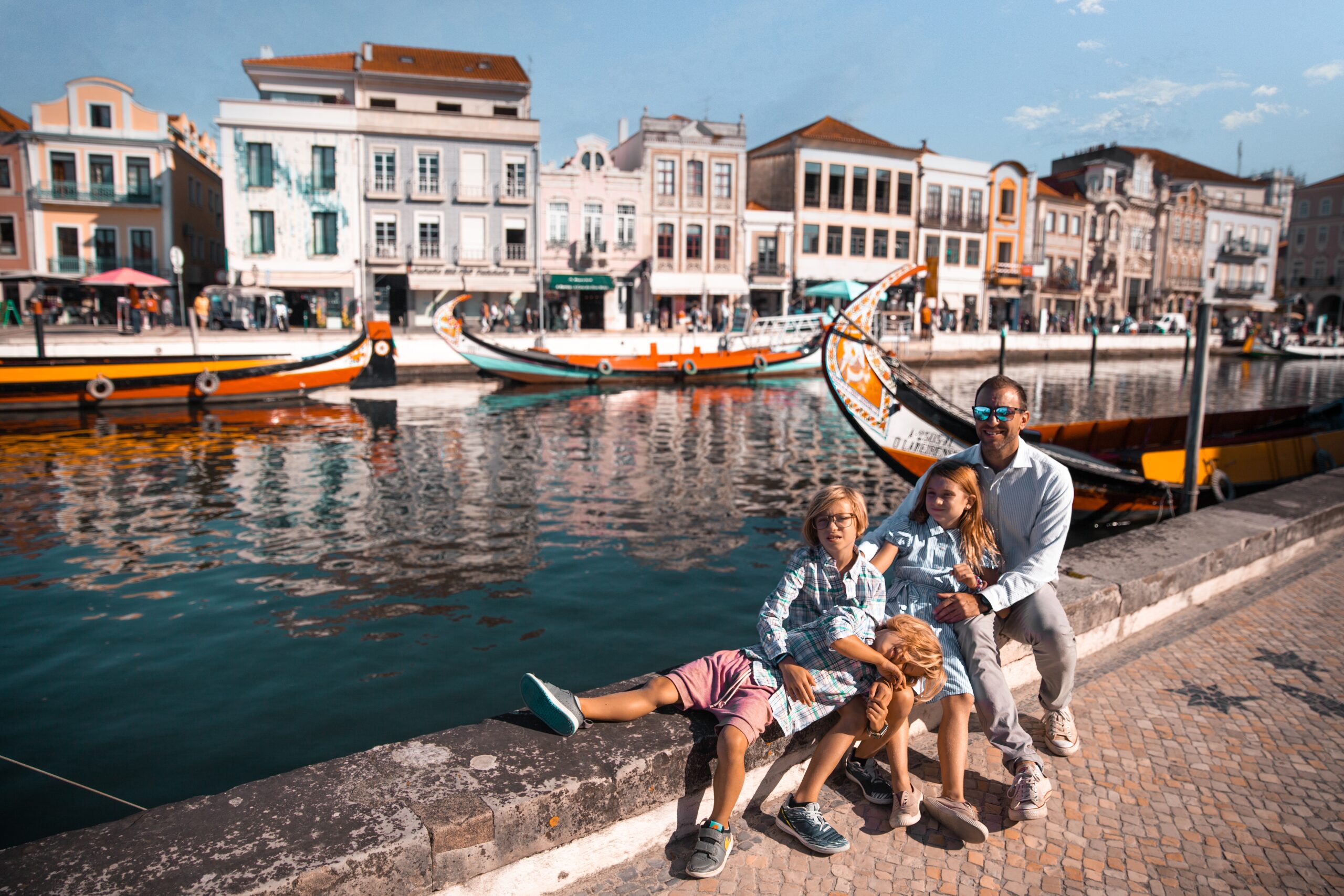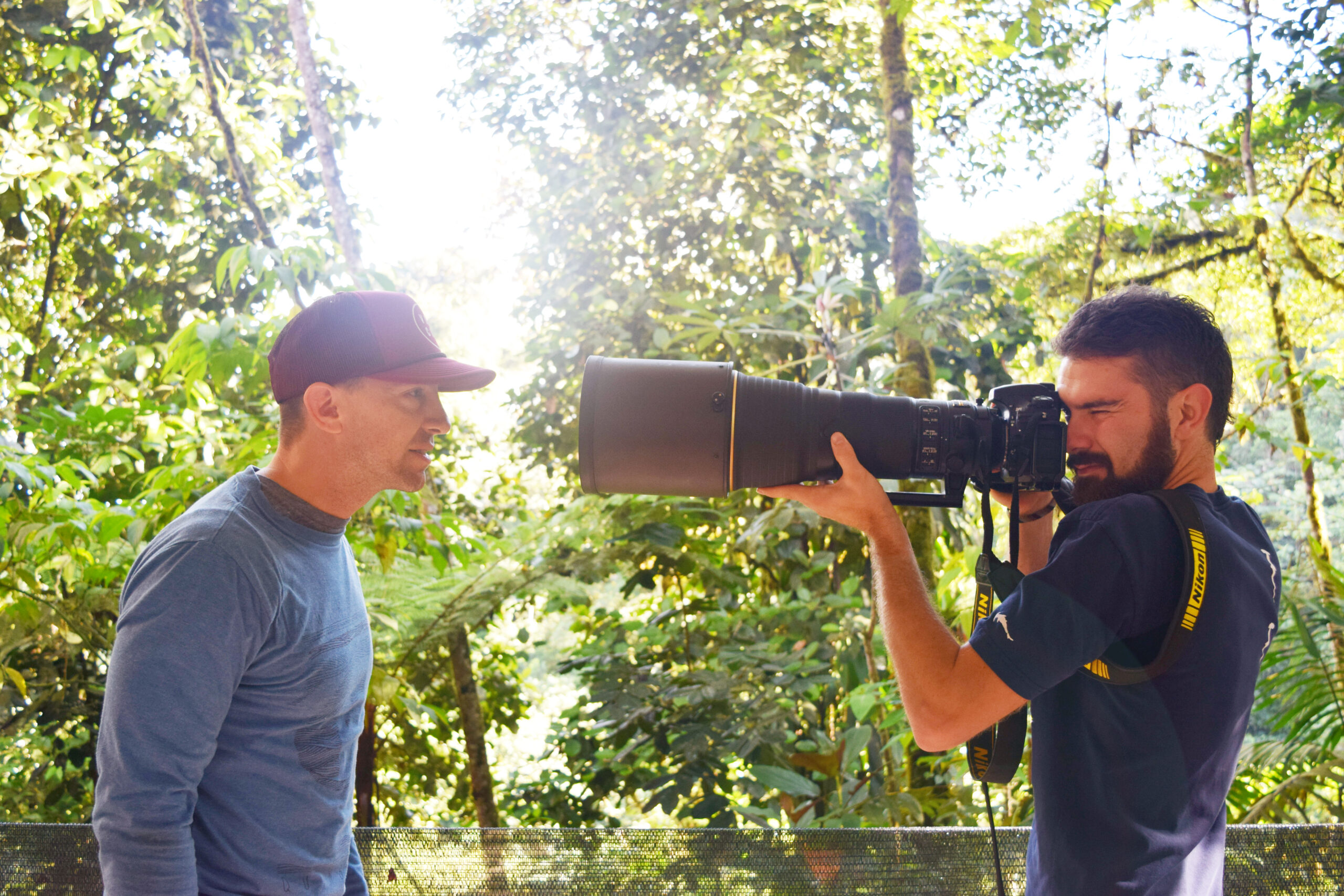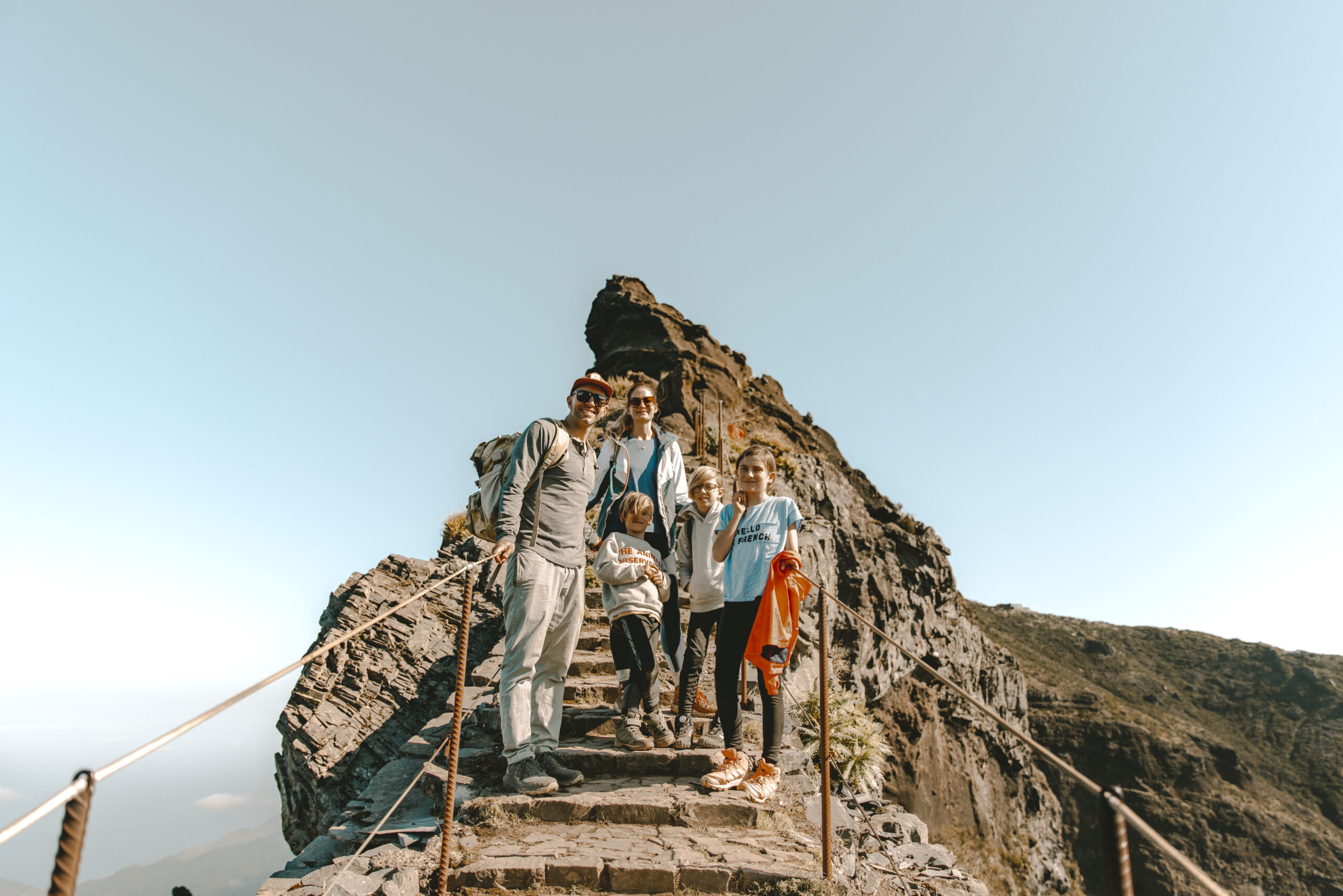Why Spain is a great place for kids
Choosing the city that's right for you
Choosing the visa that's right for you
More than just great weather
Why Spain provides a better quality of life

How we Plan

What we pack
Choosing Travel Insurance
Book Your Hotel
with Booking.com
Book Your Car
with RentalCars.com
Book Your Flight
with Skyscanner.com
Book Your Tour
with GetYourGuide.com

Our Camera Gear

How We Fly
Choosing Your Destination
Ahh, New Zealand, we’ve been waiting for you. You know that moment as a traveler when you finally realize how much you love a certain country? For us this moment occurred when our plane was flying overhead. It was just miles of beautiful green rolling hills. Plus, it wasn’t Fiji, so it had that going for it.
Auckland
We touched down in Auckland (the city) located in Auckland (the province? region? state?) where we were met by Andrew, whom we met in Fiji. If you remember, Andrew was the guy trying to pick-up on everyone in Fiji. I guess, technically, he finally succeeded with us! Have we mentioned that his wardrobe consisted only of sleeveless shirts? We didn’t tell him that he wouldn’t have a chance in hell in picking up a lawyer from California. Andrew handed us beers and gave us a quick driving tour of the city before dropping off our bags at his house nearby.
Auckland, the capital of NZ, is renowned for its Sky Tower. By the way…if you just clicked on that link then you’ve basically just viewed our entire photo album of Auckland. It’s still just a city….if you’ve seen one you’ve probably seen them all. However, despite being nicknamed the “armpit” of New Zealand, we found Auckland surprisingly clean, as cities go. (Though compared with the rolling green hills, rugged mountains and vast coastlines that make up the rest of the island nation, we can see why the Kiwis would look down their nose at any city). Looking back, after spending two weeks traversing much of the North Island of New Zealand, the cleanliness of Auckland is not surprising at all. We’re confident that New Zealand would take home the “clean country” prize, if we were to hold a contest. Well wait, we haven’t been to India yet….so maybe we’ll hold off on awarding this just now.
Perhaps the most telling sign of cleanliness is bathrooms (or “toilets” as most of the world calls them). Not only was almost every single toilet we visited in New Zealand ridiculously clean, toilets themselves were bountiful. It often takes a weary traveler on a long road-trip for one to fully appreciate the quantity and quality of toilets along the way. Lucky for us, we never had to look for a toilet. If we did the math I’m sure that we’d find 10 toilets for every Kiwi (meaning about 1 toilet for every 1,000 sheep). And dare we sound repetitive, but regardless of where the toilets were located, as they were all public, they were cleaner than most toilets in people’s homes! Maybe the Kiwis just like toilets a lot… you know, not as much as they like sheep, but still a lot. Heck, they even have a famous “loo.”
Northland
After departing our kind, sleeveless shirt-wearing host, we picked up our camper van near the airport and decided to head north. We were thrilled to check out what would be our home for two weeks. Not being “campervan/RV” people (you know, under 65 years old), we really didn’t know what to expect. Luckily, it was fully stocked (with cutlery and cleaning materials, not beer) and pretty cozy.
Fully autonomous now, we decided to drive up the east coast all the way to Cape Reinga, the northernmost part of New Zealand. So…..let’s talk about the driving. It was pretty much the same as in the US except for: driving on the other side of the road, dealing with roundabouts at every intersection, having the steering wheel on the right (meaning: wrong) side of the car, having to shift with your left hand, and turning the blinker on and watching the windshield wipers go (and vice versa).
At our first stop out of Auckland we visited the Whangarei Falls and walked through the AH Reed Kauri Park, where we first saw the giant Kauri trees, native to the island, via a raised boardwalk built high up in the trees. Then we drove to the nicest neighborhood we could find, parked the camper and finished a six-pack of beer. It was a good day.
The next morning we drove to the Lion Man cat preserve. There we bought an expensive little tour around the preserve that was filled with a bunch of lions and tigers (as advertised thankfully!). Highlight/lowlight (depending on how you look at it) = getting peed on by this lion.
After spending a night on an eerily deserted beach at the very northern end of the island, the perfect spot for a horror-movie scene, we reached Cape Reinga and watched the sun rise (behind a thick layer of clouds that is) on the northernmost tip of New Zealand. It is standing here that the converging of two oceans, the Pacific Ocean and the Tasman Sea, can be viewed. The Cape Reinga lighthouse wasn’t bad either.
It was at the Cape that we met Steve, a Canadian (meaning, a possible threat to our country; as Stephen Colbert would say, Canada is the second biggest threat to our country, just behind bears!) who had spent almost a year working in New Zealand. Steve gave us an earful (Perhaps lonely for people he thought appreciated Celine Dion) of random information and travel tips and even passed on his Lonely Planet! Upside: we got a guidebook, downside: we actually took some of its advice.
Rainy weather prevented us from surfing the giant sand dunes just south of Cape Reigna. It did not, however, prevent us from driving along 90-mile beach in our camper. Yeah, you can drive your car on the beach, a few hours either side of low tide, and in fact even giant tour buses do it! Unfortunately rental cars and campervans can’t be driven on the beach (in a few places the beach looks like a car graveyard from the cars that got trapped in the tide and stuck in the sand). However, if they were able to, this is what it’d look like!
Next we visited the Waipoua Kauri Forest to see the Te Matua Ngahere (“The Father of the Forest”) which has the widest girth of any New Zealand kauri tree at five meters wide (yeah, we’re metric now). It was cool, but we didn’t ruin it for everyone else by telling them that these trees aren’t half as big as sequoias.
Before passing through Auckland again on our way south we stopped in Orewa at an awesome holiday park (the name for New Zealand campervan parks) on the beach. It was next to a thermal resort that had 19 thermal pools, including a movie pool. Here’s the movie we watched (entirely inappropriate for the kids because of language and violence, entirely inaapropriate for adults because of the lack of a plot) in the heated pool.
Coromandel
The Coromandel peninsula was gorgeous. Unfortunately Brandon didn’t get to enjoy much of the scenery as he was maneuvering the bulky campervan along the narrow, windy lanes along the shoreline. Luckily, we stopped and took a couple of shots of the scenery so Brandon could check out the rolling hills, jagged coast and countless islands that lay along the peninsula.
That night we found a holiday park on a prime piece of real estate, with a path down straight down to the beach. We were just a hike away from Cathedral cove, and had to beat the sun from setting, so we grabbed a couple of beers and headed down the beach. We started climbing the magnificent coastline path and made it to Cathedral Cove, a famous gigantic limestone arch, just as the sun was beginning to set. Despite a high tide, Brandon high-tailed it (pretty much naked, but still protecting the camera) across the waves to get some great shots of Hoho Rock, one of New Zealand’s iconic spots. Despite fumbling a bit in the moonlight on the hike back, this was one of our favorite hikes in New Zealand.
The next morning we decided to try our hand at digging hot water pools at the beach before low tide. Unfortunately we arrived a bit too early (like, 2 hours) and spent that time digging holes (with our hands) all over the beach trying to find the hot water. Later we discovered that the hot water was located at the waterline. So instead of digging a spacious hot water pool in the middle of the beach (like the postcards showed) we sunk our feet into the sand under the crashing waves for a few minutes. It wasn’t exactly the climax we were looking for after a couple of hours of digging, but whatever.
Rotorua
Rotorua, the central plateau of New Zealand, is known for its thermal activity, but maybe even more so for the ever-present sulphuric smell (seriously, you can’t escape the scent). The area is abundant with spouting geysers, steam vents, and thermal hot springs. We jogged through one of the town’s parks each morning, which conspicuously warned visitors to keep to the designated paths, since steam vents were known to erupt without warning. Running just a few feet away from one another we sometimes completely lost sight of each other due to the enormous amount of steam in the air!
One of the most impressive thermal areas was “Hell’s Gate” or Tikitere (an abbreviation of Taku tiki I tere nei – my youngest daughter has floated away), named for the words a mother screamed when she found her daughter, a Maori princess, who had thrown herself in a scalding pool after her husband, the chief, disgraced the tribe. Not a bad way to go. (But personally, I might have just ignored the guy for a while). We checked out more steam vents, a hot waterfall, and various boiling pools. It was pretty cool, but Brandon says it was like a mini-Yellowstone.
One of the worst scams was at the Wai Ora Spa, at the entrance to Hell’s Gate. Supposedly renowned for its healing qualities, the mud baths seemed to be the thing to do. Apparently the term “mud bath” is used loosely, as it wasn’t the most accurate description. It was more like a ridiculously overpriced lukewarm bath with an inch of mud stuck to the bottom of the tub. We never even had mud stuck to us because each time we bent down to pry some of it from the bottom of the tub we washed off any mud that we had managed to spread on. The supervisor tried to alleviate our complaints by telling us that the mud had healing properties from numerous elements found in the mud, though nickel was the only one he could name. Last time I checked nickel hasn’t cured diseases and offering us a free cup of tea isn’t enough to alleviate our bitterness about getting ripped off.
Next we went to a Maori concert and hangi dinner, where Brandon was chosen (meaning: forced into being) the chief of the visitors and was required to participate in numerous ceremonies, such as accepting the tribe’s peace offering (as a condition of entering the bogus village). The traditional dancing with the infamous eye bulging and tongue waging was entertaining and the dancers informed us about the traditional Maori culture. Although some of the stories told us about the history of the people who first settled on Aotearoa, “Land of the long white cloud”, as the islands were first named, the whole affair was heavily commercialized to say the least. When we boiled the night down, the Maori tattoos were drawn on with magic markers, the traditional village looked like a low-budget Disney setting and the hangi dinner resembled a buffet Thanksgiving meal.
Rotorua is also home to zorbing! Only the Kiwis would conjure up a sport where you put yourself inside a giant rubber ball and roll yourself down a hill. After doing a superman leap through the small tunnel to reach the interior of the plastic ball, filled with warm water, we walked off a plateau like two rats on a wheel and instantaneously ate shit. We slipped and sloshed, tumbled and rolled, slipped and fell, despite our very best efforts to stand up on our way down. It was awesome. Plus exiting the ball was the eerie equivalent to experiencing an adult live birth.
In the sort of adventure park we were in we also rode on jet boats where a daredevil driver is paid to aim straight for the banks of a windy course only to pull the emergency brake and yank the wheel when we get about 5 feet from the edge, sending us into dizzying spins.
The last adventure in our “triple bypass” package was the “swoop.” We were placed in what looks like a sleeping bag, hooked up to a bungy line, and raised up to ridiculous heights before Brandon had to pull the release for us to plunge towards the ground. We opted against purchasing the photos they had taken of us after seeing the terrified “Oh my god, am I really going to die by smashing into the cement below?” looks on our faces as gravity pulled us head-first towards the ground. We wouldn’t be eager to sign up for it again, but the adrenaline rush that followed wasn’t shabby.
At our Rotarua holiday park we met a well-traveled Scottish couple who had been living in Australia for some time (introductions are easy when you see your neighbor polishing off a Corona at 9:00 a.m.). They told us that the North Island was fairly reminiscent of Scotland. They also gave us some trout they had caught the day before while fishing up one of the various rivers. Fresh fish=happy campers.
Tongariro Crossing / Lake Taupo
Tongariro National Park has three volcanoes, Tongariro, Ruapehu and Ngauruhoe (filmed as Mount Doom in The Lord of the Rings). The Tongariro Crossing, which traverses the Tongariro peak, is supposedly the best one-day (18.5 km) hike in New Zealand since it passes some of the most scenic and active volcanic areas of the park. (We found out that they are still active when Ruapehu erupted the day before we hiked the Crossing).
We began the hike near the Mangatepopo Hut, at an altitude of 1150 meters, (see we told you we’re metric now) early on a chilly (alright, downright cold) morning. Despite being bundled in our warmest clothes we were left wondering whether we’d be warm enough after our lodge owner told us a French guest died on this hike in February. Nice way to start positive. The hike started off mellow as we made our way closer to the peaks to take some shots of Ruapehu, its peak still black from ash. From Soda Springs to the South Crater, also known as “The Devil’s Staircase,” is where the going got tough. We found inspiration, continuing on out of sheer will so as no hiker would pass us. Anyways, the stairs were well named and reaching the South Crater was a feat we relished, as we took in the views of the valley below, before continuing on.
Leaving the valley views we headed straight for Mount Tongariro’s peak, where we reached snow and glided over an ice field. By “glided” we mean that we slowly and clumsily crossed the field, like a toddler on ice skates. Next we trudged up to the Red Crater, the highest point of the hike at 1900 meters. We were told that the winds got up to 60 mph at the peak, and some hikers found it necessary to pass the narrow strip on their hands and knees. We were cautioned not to fall on this stretch because “if you fall into the Red Crater, you don’t make it out.” So, naturally, this was the suggested “lunch spot” where we and a few other weary hikers sat on the warm volcanic peak and ate a few mouthfuls of food before needing to continue hiking out of desperation to stay warm.
We then slid down the other side of the precarious peak and reached the beautiful Emerald Lakes before we crossed another snowy field. We made one last ascent to the Central Crater with our last energy reserves before reaching Blue Lake, which was an attractive sight despite being frozen solid. The path zigzagged down to Ketetahi Hut, where we stopped for a few minutes before we followed the path downhill, finally taking in the views.
The snow and altitude made this one of the longest 18.5 km hikes ever. But then again, we were the first hikers off the mountain that day, finishing the 7-8 hour hike in a little over 5 hours. We never said we weren’t masochistic.
The day following the Tongariro hike we found it fitting to tackle another hike, a 20k to Huka Falls and then to the Aratiatia Dam, where we happened to arrive just in time to see the dam open its floodgates. If you think watching grass grow is interesting, this sight is damn exciting (get it?).
Waitomo
Waitomo was a must. The area is full of shafts that drop into intricate underground cave systems. But lets be honest, everyone goes to see the glowworms. Yes, people come from all over the world to look at the poop of gnat larvae (that’s the part that glows). Honestly, it just looks like a starry night.
We took the Haggas Honking Holes caving tour, named after a local farmer “Haggas” and characters in a Dr. Seuss story, the “Honking Holers.” We did three abseils (meaning: rappelling), the last of which was through a freezing waterfall (speaking of waterfalls, check out this one we hiked to one day), to lower ourselves sufficiently into the cave system. We then continued exploring the caves (most of which carried underwater streams) by crawling along the underground rivers, climbing rock walls, squeezing through tight passageways, viewing cave formations and glowworms, and having a grand time. (Here’s a video of what we did).
We can’t explain how much fun our “campa” (kiwi speak) turned out to be, plus it didn’t give us too many problems. We say not “too” many because it was such a blast to have our home-on-wheels, despite the fact that the hot water never worked. This left Brandon taking the coldest (“glacially cold,” in his words) shower of his life. Add to that the fact that we only used the toilet in it twice, because it was less than pleasant to clean, and the heater stopped working part-way through our trip. That being said, we always stocked “cold ones” and our accommodations were only as far away as the next parking spot, so it could never get too bad.
The Recap
Countries visited so far= 2 (out of 33)List of our top 10 favorite countries we’ve been to on this trip:
- New Zealand
- Fiji (finally knocked out of the top spot)
